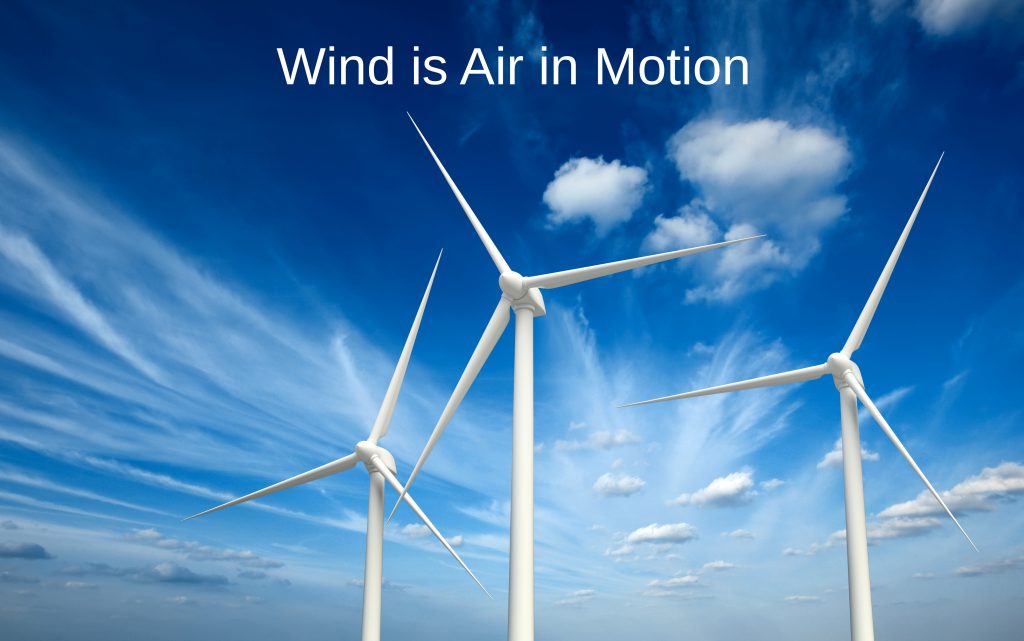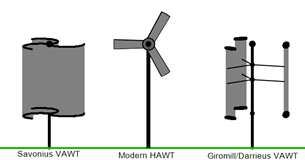Energy Solutions
Wind Power
Wind energy is expected to have a growing role within electricity generation portfolios. Planning, developing and integrating wind projects across the social, environmental and technical landscape will be a challenge faced by customers. MS effects meets this challenge with it Turkish partners’ experience, technical and business expertise, who have acquired an extensive experience in the large scale Wind Farms projects like MWs.
Wind Energy is one of the fastest growing renewable energy markets with over 250,000 MW installed globally. Wind turbines are an affordable and mature technology available in a range of sizes from hundreds of watts up to multi-megawatt giants. Wind turbines are integrated into main electricity grids in large wind farms or on smaller, islanded systems as individual machines.
The integration of wind turbines into existing electrical systems is a significant issue as renewable energy penetration increase. Our extensive knowledge across all system sizes examines and designs technical solutions to meet our customers’ requirements. In addition, our project delivery experience with different contracting styles, alliancing and new approaches to project construction benefits both asset owners and delivery firms by maximizing project value and aligning project drivers.
What are Wind Turbines?
Wind turbines operate on a simple principle. The energy in the wind turns two or three propeller-like blades around a rotor. The rotor is connected to the main shaft, which spins a generator to create electricity.
A wind turbine is a device that converts kinetic energy from the wind into electrical power. The term appears to have migrated from parallel hydroelectric technology (rotary propeller). The technical description for this type of machine is an aerofoil-powered generator.
The result of over a millennium of windmill development and modern engineering, today’s wind turbines are manufactured in a wide range or vertical and horizontal axis types. The smallest turbines are used for applications such as battery charging for auxiliary power for boats or caravans or to power traffic warning signs. Slightly larger turbines can be used for making contributions to a domestic power supply while selling unused power back to the utility supplier via the electrical grid. Arrays of large turbines, known as wind farms, are becoming an increasingly important source of renewable energy and are used by many countries as part of a strategy to reduce their reliance on fossil fuels.

Types of Wind Turbines
 Wind turbine can rotate about either a horizontal or a vertical axis, the former being both older and more common. They can also include blades (transparent or not) or be bladeless.
Wind turbine can rotate about either a horizontal or a vertical axis, the former being both older and more common. They can also include blades (transparent or not) or be bladeless.
